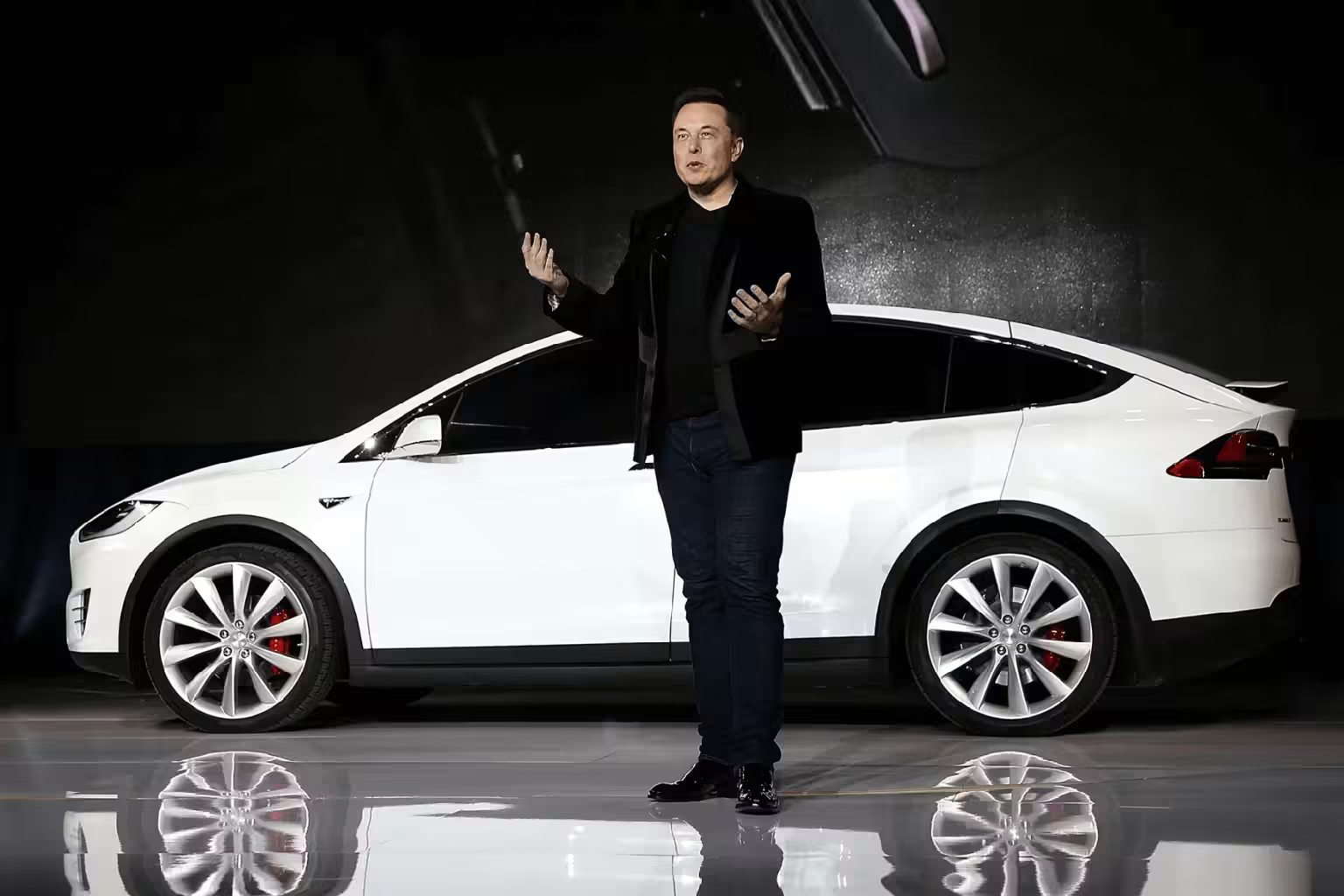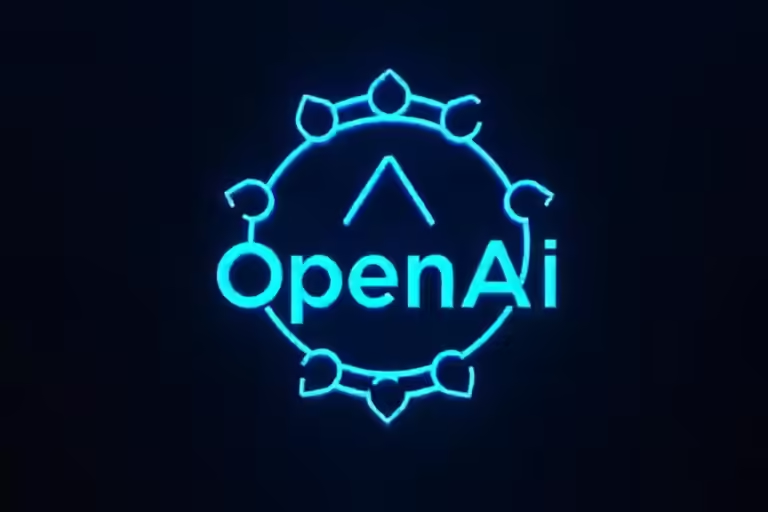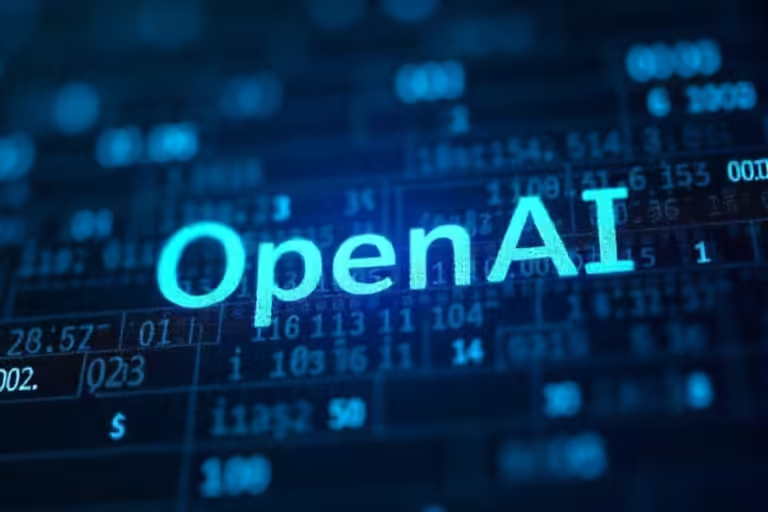
Elon Musk Introduces Tesla’s Driverless Robotaxi and Robovan for 20 Passengers
Elon Musk unveiled Tesla’s futuristic robotaxi, which features gull-wing doors and no steering wheel. He also mentions a Robovan that can accommodate up to 20 passengers, shifting the focus to robotic vehicles.
Elon Musk, CEO of Tesla, showed off a long-awaited robotaxi on Thursday. It features two gull-wing doors and lacks a steering wheel or pedals.
He also surprised everyone with a robovan, betting that people will focus less on cheap mass-market cars and more on robotic vehicles.
Musk took the stage at a fancy event in a “Cybercab,” which will start production in 2026 and cost less than $30,000. Then he talked about the robovan, which can fit up to 20 people, but didn’t say much else.
Musk has let deadlines slip in the past, but he did say that he was generally positive about them. Musk did not say how quickly Tesla could increase production of robotaxis, get around the inevitable regulatory problems, or put in place a business plan to beat robotaxi competitors like Alphabet’s Waymo.
According to analysts and experts, the Robotaxis setup could take years due to the need for safety and reliability. They talked about accidents and how challenging it is for the technology to handle things like severe weather, complicated intersections, and people walking around.
Musk, who was speaking to crowds at the Warner Bros. studio near Los Angeles while wearing a leather jacket, said that self-driving cars could be 10 times safer than people and go five to ten times farther. “Tomorrow will be self-driving,” Musk said. “With autonomy, you get your time back.”
Musk has said in the past that he wants to run a fleet of self-driving Tesla taxis that people can call using an app. He also thought that Tesla owners could make money on the app by listing their cars as robotaxis. At the event on Thursday, he didn’t talk about the app.
Isaac Asimov’s “I, Robot” science fiction short stories inspired the title “We, Robot”. The event echoed Musk’s statement that Tesla “should be thought of as an AI robotics company” instead of an automaker. Musk attributed the nearly hour-long delay to a guest’s medical emergency. The presentation took months to prepare and was over in less than 30 minutes. About 4 million people watched it on Musk’s X social media platform alone.
“As an owner of shares in the company, I’m quite upset.” Dennis Dick, an equity trader at Triple D Trading, said, “I think the market wanted more clear timelines.” “I don’t think he said much about anything,” Musk said that the Cybercab will cost 20 cents a mile to run over time and that it will be able to charge itself without plugs. It will be even cheaper to run the Robovans—5 cents a mile.
He said that the vehicles will use AI and cameras instead of hardware like lidar which is common among robotaxi competitors. However, experts have pointed out that this could be difficult from both a technical and a legal point of view.
Musk also discussed the significant advancements made with its “Optimus” humanoid robot, which could eventually cost between $20,000 and $30,000. It can do many everyday tasks.
Musk said in 2019 that he was “very confident” that Tesla would have self-driving cars by 2020. This year, he changed his focus to the Cybercab and gave up on plans to make a smaller, cheaper car that many people thought was necessary to keep EV demand from falling.
Reuters calculations based on third-quarter earnings show that Tesla could have its first-ever drop in deliveries this year because its buying incentives have not been able to bring in enough customers to buy its old EV lineup. Cutting prices to deal with high interest rates has also made it harder to make a profit.
Many companies trying to enter the robotaxi market have lost billions of dollars, and some have had to close. Alphabet-owned Waymo is the only U.S. company operating unmanned robotaxis that collects fares, and it owns about 700 Jaguar Land Rover cars.
Tesla’s Autonomous Vision Faces Challenges
Amazon’s Zoox is testing custom-made cars that look like toasters on wheels and don’t have any controls you have to use by hand. General Motors’ Cruise, which utilizes the Chevrolet Bolt EV, has permanently postponed its plans to develop its self-driving “Origin” vehicle without any controls this year.
Tesla’s current approach to fully self-driving technology needs constant attention from a driver to keep costs low. However, the law has scrutinized it closely due to the involvement of the technology in at least two fatal accidents.
“We do expect to start fully autonomous unsupervised FSD in Texas and California next year,” Musk said. “That’s with the Model 3 and Model Y.” He didn’t say if the Cybercab uses FSD or brand-new tech.
“Musk did a great job of painting a picture of a perfect future for transport that will free up our time and make us safer,” said Jessica Caldwell, head of the website Edmunds, which helps people research and buy cars. However, there are still numerous uncertainties regarding the practical implementation of this vision.


